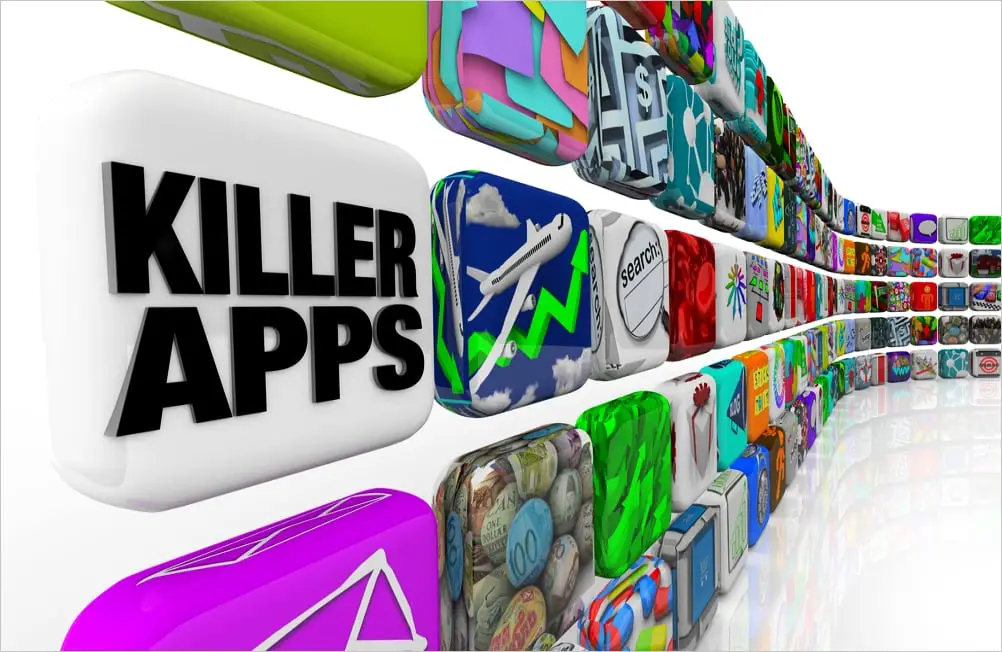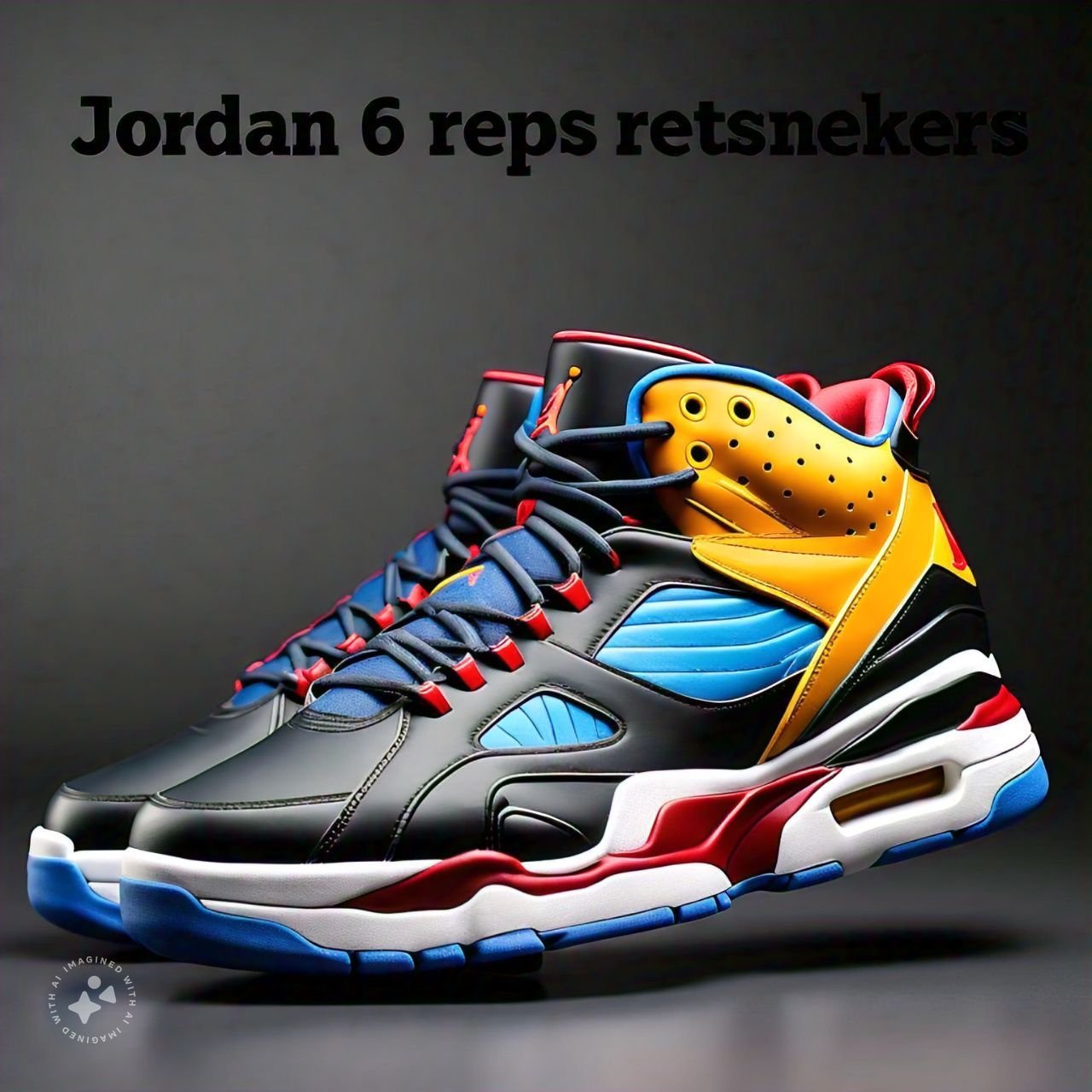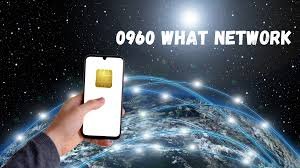
Introduction
It has been noted that with the rising trends of the use of the internet in business, data is the new oil. However, raw data could at times be bulky and a real challenge in terms of analysis. Well, the core app dashboards help in this regard, for that is when companies benefit from central app interfaces. They help to analyse complicated information and present the results in the form of graphics and charts, thus helping users to get the substance of it.
Understanding Core App Dashboards
What is a Core App Dashboard?
A core app dashboard is a single screen of a business application where streams of key metrics and data points are collected in one place. At a glance, it gives users all the information they need about their application, from usage, to performance and other vital stats.
Key Features of Core App Dashboards
- Real-Time Data: Used in a way that is very useful for stock traders who need timely information: instant access to the most recent data.
- Customization: It means you should be able to customize the dashboard in order to offer the contents that are important for the worker.
- Interactive Elements: Enlarged click to see charts and graphs to have more information.
Benefits of Core App Dashboards
Streamlined Data Visualization
The main app home screens transform business data into understandable digital forms. This procedure is useful in the analysis of large amounts of data as it can easily pick out trends, further similar data and outliers.
Improved Decision Making
Such real-time information improve on users’ decision making since dashboards front loads information to users. From time to time, top management may need to know when performance has declined or address any new trends; in which case, the dashboards deliver the right info.
Enhanced User Experience
A dashboard can be defined as the combination of graphical panels that are utilized to provide the user with an appealing layout and an easy to use product. Users can simply browse the little information we have The display can be quickly customized to the user’s preference and users can conveniently and smoothly engage with the data presented.
Components of a Core App Dashboard
User Interface (UI) Elements
Ease of use is a must; while navigation is usually well-designed, input methods can occasionally be particular. This ranges from charts and graphs, to tables and use of other tools that can make data relayed to the audience easy to understand.
Data Integration
Dashes that belong to the core app enable data to be pulled from various sources hence an enabling of a holistic view of the data. This has to be in coordination with APIs, databases about third party applications.
Customization Options
Dashboards Should be dynamic in a sense that the user can be able to customize what is being displayed conveniently. This might include filter choices, set time, and areas where one is likely to find it arranged in different ways.
Types of Core App Dashboards
Operational Dashboards
These types of dashboards are based on current and fresh data, and are employed for observing organizational processes on a daily basis. They assist in the monitoring of performance and these serves as a benchmark to confirm that everything is in order.
Analytical Dashboards
These are the kind of dashboards that are mostly used when a firm wants to analyze certain data in detail either on a historical basis or as at a certain period. They are very important in that they help in decoding trends and hence enable strategic decisions to be made.
Strategic Dashboards
These dashboards provide an overall summary of organizations’ KPIs and are usually used at the strategic manage- ment level. These are intended for the executives and the decision-makers so they can track on the key objectives and the strategies for the longer term.
Design Principles for Effective Dashboards
Simplicity and Clarity:
As it has already been mentioned, the desired dashboard should be clean and not complicated. Ensure that only the most relevant information is given and do not overwhelm the users with lots of information.
Consistency and Familiarity:
Relate to established design patterns and be consistent concerning the color, font, and style. This assists the users to make an initial and easily grasp on the content of the dashboard.
Real-Time Updates:
Make sure that the information placed in the dashboard is fresh enough to be considered real-time or near-real-time.
How to Choose the Right Dashboard for Your Needs
Identifying Your Goals
Of course, before creating any dashboard, it is crucial to comprehend what goals are to be met with his tool. What kind of information do you need, measure current success or plan for the tomorrow?
Understanding Your Audience
Think about the targeted audience that will be using the dashboard. Not everyone who visits the employer dashboard is the same or requires the same services; therefore, the interface should adjust to the user’s needs.
Considering Scalability
Therefore, select a dashboard solution that will suit your business requirements in the future. Scalability is needed as your data set grows as well as the number of users of your application.

Popular Tools for Creating Core App Dashboards
Tableau
Often used for the purposes of interactive data processing and possibility to build shareable dashboards, Tableau is a widely utilized tool.
Power BI
Another great software is Microsoft Power BI that includes strong connections with other Microsoft services and products.
Google Data Studio
Data studio is a free tool from Google which can be used for creating report and custom dashboards.
Integrating Core App Dashboards with Other Systems
API Integrations
APIs allow you to have timely feeds between a dashboard and other systems by passing on information.
Real-Time Data Sync
Real-time updates are useful to keep clients updated with the latest figures on their custom built dashboard to ensure it reflect currently relevant data.
Cross-Platform Compatibility
Make sure your dashboard is responsive, so it looks and functions the same on every device and in every context.
Challenges in Implementing Core App Dashboards
Data Quality Issues
The issue of poor data quality is another weakness of dashboard as it compromises the quality of the dashboard you generate. Make sure that the data you collect is correct and has been collected from credible sources.
User Adoption
The hardest thing for the new application could be to get users to switch to a new dashboard. Offer resources and guidance which will prove helpful during a transition to a new position.
Maintenance and Updates
Fixing and upgrading the dashboard is another factor that requires regular attention so that you have the correct data.
Case Studies of Successful Core App Dashboards
Example 1: E-commerce Dashboard
A number of e-commerce firms attempted to use an e-commerce conversion core app dashboard to manage sales and customer habit, inventory position simultaneously, and eventually increase sales and reduce stock shrinkage.
Example 2: Healthcare Dashboard
A healthcare provider managed to introduce a dashboard that helped to track the patient’s data, appointments, and treatment results, which in turn contributed to the high-quality service and organizational excellence.
Example 3: Financial Services Dashboard
A financial services firm applied dashboard to monitor the market condition, investment, and risk factor; and consequently improved the company’s profitability.
Best Practices for Maintaining Core App Dashboards
Regular Updates and Monitoring
Always make sure that the information displayed by your dashboard is fresh and check how well your dashboard works frequently.
User Training and Support
Continuing education should be provided and made available to the end users so they fully harness the benefits of the dashboard.
Feedback and Continuous Improvement
Collect from the users some sort of feedbacks and make changes on the features and design of the business dashboard for better performance.
Future Trends in Core App Dashboards
AI and Machine Learning Integration
The future dashboard will have features of Artificial intelligence and Machine learning to offer rapid analytical and insightful solutions.
Advanced Data Analytics
Increased analytical functionalities would level up the degree of data analysis is improved and more refined.
Enhanced Interactivity
The subsequent iterations of dashboards will provide more distributional functionality so that the customers are able to interact with information in novel ways.
FAQs
(1) What is a core app dashboard?
A core app dashboard is an application that centrally presents integrated information in the form of a set of relevant indicators and values, calculated based on the received data.
(2) How are core app dashboards useful for decision-making?
Core app dashboards help the user to have a quick view of real-time information and complicated data that is presented in easy to understand visuals.
(3) How do core app dashboards improve decision-making?
These are Tableau, Microsoft Power BI and Google Data studio, all of which have expansion capabilities that make them useful in creating appealing dashboards.
(4) What challenges might I face with implementing a core app dashboard?
Some of the difficulties are as follows: data quality, usage by the targeted users, and sustainable management and upgrade of the dashboard.
(5) What measures can I take to keep my dashboard current?
To ensure that the information is current and relevant, it should be updated often, and the monitoring should be continuous while the user feedbacks can be integrated into the dashboard system.






